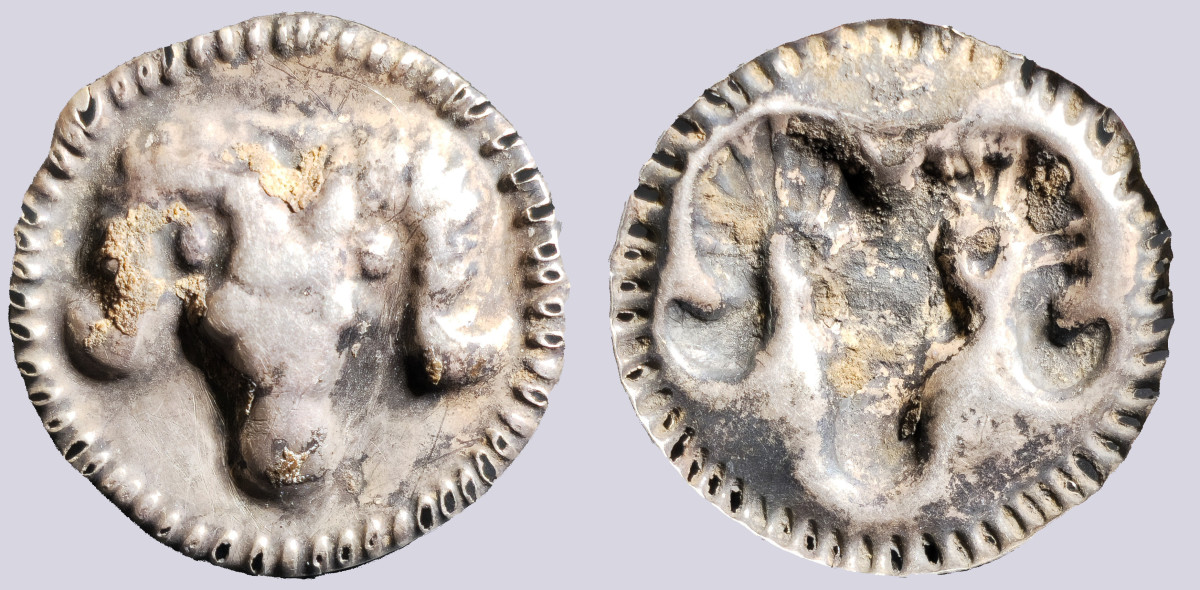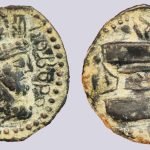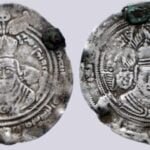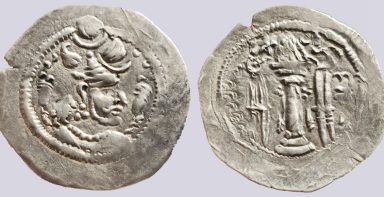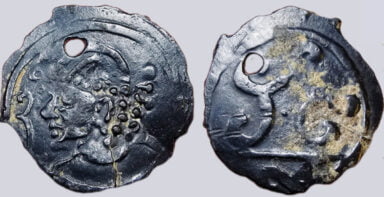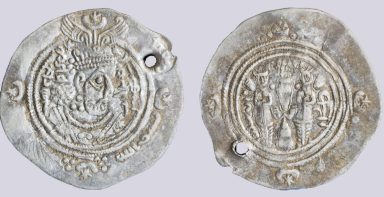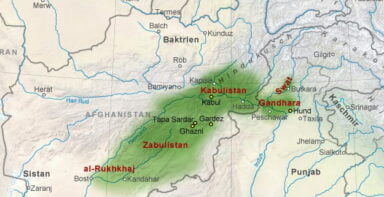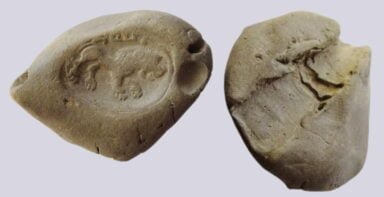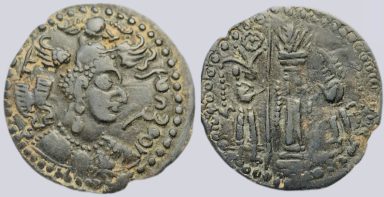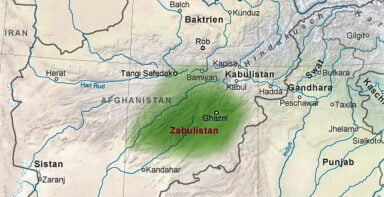Central Asia, Silk Road, AR bracteate in Hunnic style
$350 Original price was: $350.$299Current price is: $299.
In stock
0
People watching this product now!
SKU:
3592
Categories: Bracteates, ITEMS ON SALE
Tags: antiquities, Ar bracteate, archaeological find, bactria, Central Asia, Central Asian bracteate, early medieval coin, Hunnic bracteate, Hunnic style, hunnic tribes, numismatics, rare ancient coin, Silk Road, silver bracteate, steppe nomads, Tokharistan
Description
This AR (silver) bracteate appears to be in a Hunnic or Hephthalite style, reflecting the artistic and cultural influences of the Central Asian steppe nomads during the early medieval period (4th–6th centuries AD). Here are its key features:
Material & Shape:
- Made of silver (AR), possibly struck or cast. 0.84 g, 25 – 26.5 mm
- Thin and lightweight, with a slightly concave shape, typical of bracteates
- A beaded or dotted border along the edges, which is a common stylistic element in steppe and Sogdian coinage
Obverse (Front Side):
- Depicts a ram’s head. This interpretation aligns with common Central Asian nomadic symbolism, where rams were associated with power, protection, and divine strength
- The design is abstract, possibly representing a local adaptation of Sasanian or Kushano-Sasanian portraiture
Cultural & Historical Context:
- Likely produced by a Hunnic, Hephthalite, or a related steppe group along the Silk Road
- Could have been used as a trade token, amulet, or currency substitute
- The artistic style blends nomadic, Iranian (Sasanian), and Central Asian elements, reflecting the multicultural interactions along the Silk Road
This type of bracteate is significant in understanding early medieval steppe cultures, their economic systems, and their connections to Sogdian, Persian, and Chinese influences
Choice VF. RARE
♦Please, note that our prices are ALL-INCLUSIVE. No additional fees (such as Buyer’s Premium, PayPal commission, etc.) are applicable♦
Related products
Central Asia, Silk Road, AE bracteate of Hunnic style
$499
Hunnic Tribes, AR drachm, Hephthalite imitation
$145
Hunnic Tribes, AE unit, Northern Tokharestan. 7th cent. AD
$225
Hunnic Tribes, AE unit, Kidarite Influence
$99
Hunnic Tribes, countermarked Arab-Sasanian AR drachm
$125
Iranian Huns. Clay sealing with Brahmi inscription
$299
Western Turks, AE drachm, Nezak Malka, Zabulistan
$199


